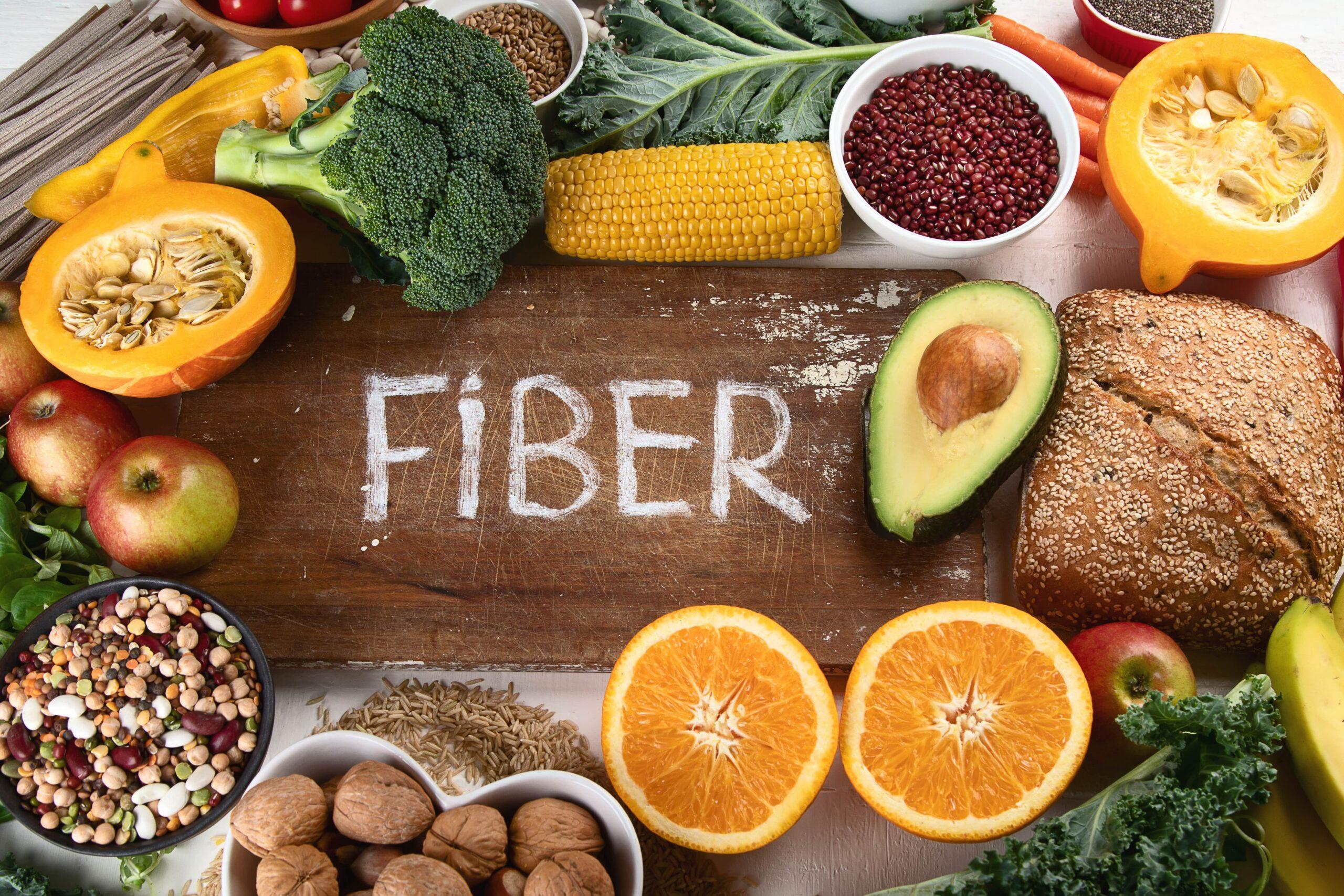In the pursuit of effective weight loss, many individuals focus primarily on cutting calories or increasing physical activity. However, one often overlooked but crucial component of a successful weight loss plan is dietary fiber. This indigestible carbohydrate plays a vital role not only in promoting digestive health but also in facilitating weight management. By incorporating an adequate amount of fiber into your diet, you can enhance satiety, regulate blood sugar levels, and ultimately achieve more sustainable weight loss. In this article, we will delve into the multifaceted benefits of fiber and provide practical tips on how to seamlessly integrate it into your daily meals, empowering you to make informed decisions on your weight loss journey.
Understanding Fibers Role in Weight Management
Incorporating fiber into your diet is a powerful strategy for weight management. Fiber-rich foods are not only essential for maintaining a healthy digestive system but also play a crucial role in keeping you full and satisfied. This is because fiber takes longer to digest, which helps in slowing down the absorption of nutrients and prolonging feelings of fullness. As a result, you are less likely to overeat or indulge in unhealthy snacks between meals.
When planning your meals, consider including the following fiber-rich foods to support your weight loss journey:
- Whole grains like oats, brown rice, and quinoa
- Fruits such as apples, pears, and berries
- Vegetables including broccoli, carrots, and leafy greens
- Legumes like beans, lentils, and chickpeas
- Nuts and seeds such as almonds, chia seeds, and flaxseeds
These foods not only help manage your weight but also contribute to your overall health by providing essential nutrients. By making fiber a staple in your diet, you can enjoy the benefits of a balanced and sustainable approach to weight loss.
Incorporating High-Fiber Foods into Your Daily Meals
Enhancing your meals with high-fiber foods is a powerful strategy to bolster your weight loss journey. Fiber-rich foods not only help you feel fuller for longer but also promote healthy digestion and regulate blood sugar levels. To seamlessly integrate fiber into your diet, consider starting your day with a bowl of oatmeal topped with fresh fruits like berries or sliced bananas. Not only does this combination provide a hearty dose of fiber, but it also offers a satisfying and energizing start to your day.
For lunch and dinner, focus on incorporating a variety of colorful vegetables and legumes. Leafy greens such as spinach and kale, cruciferous vegetables like broccoli and Brussels sprouts, and legumes such as lentils and chickpeas are excellent choices. You can easily add these to salads, soups, or stir-fries. Additionally, opt for whole grains over refined grains; swap white rice for quinoa or brown rice, and choose whole-grain bread and pasta. Snacking smartly is also key; enjoy a handful of nuts, seeds, or air-popped popcorn to keep your fiber intake consistent throughout the day. By creatively incorporating these foods, you’ll not only enhance your meals but also pave the way for successful weight management.
Balancing Fiber Intake with Other Nutritional Needs
While fiber plays a crucial role in aiding weight loss, it’s essential to ensure your diet is well-rounded to meet all your nutritional needs. A high-fiber diet can sometimes lead to a reduction in the intake of other important nutrients. To maintain a balanced diet, consider the following strategies:
- Protein: Ensure you include lean protein sources such as chicken, fish, or legumes in your meals. Proteins are vital for muscle repair and growth, especially if you’re incorporating exercise into your weight loss plan.
- Healthy Fats: Don’t shy away from fats entirely. Incorporate sources of healthy fats like avocados, nuts, and olive oil, which can help you feel satiated and support overall health.
- Vitamins and Minerals: A diverse array of colorful fruits and vegetables will provide essential vitamins and minerals. Opt for a variety of colors to maximize nutrient intake.
Striking the right balance not only enhances the effectiveness of your weight loss efforts but also ensures you are not missing out on other essential nutrients. Adjust your portions and food choices mindfully to maintain a diet that’s both high in fiber and nutritionally complete.
Practical Tips for Boosting Fiber in Your Diet
- Start Your Day with Whole Grains: Swap your regular breakfast cereal for one made with whole grains or oats. Whole grain options like oatmeal or whole grain toast can add a significant fiber boost right at the start of your day. Not only do they keep you fuller for longer, but they also help regulate your digestion.
- Incorporate More Legumes: Beans, lentils, and chickpeas are fiber powerhouses. Try adding them to salads, soups, or stews. For a quick snack, roasted chickpeas can be both satisfying and rich in fiber.
- Snack on Fruits and Vegetables: Keep fresh fruits and vegetables handy for a fiber-rich snack. Apples, carrots, and berries are excellent choices that you can enjoy on the go. For an extra fiber boost, keep the skin on fruits and vegetables whenever possible.
- Experiment with Whole Grain Alternatives: When cooking, consider using whole grain alternatives for your pasta, rice, and bread. Quinoa, brown rice, and whole grain pasta not only add fiber but also enhance the flavor and texture of your meals.
- Add Nuts and Seeds: Sprinkle chia seeds, flaxseeds, or nuts over your salads, yogurt, or smoothies. These not only provide a crunch but are also excellent sources of fiber and healthy fats.
Remember, increasing your fiber intake gradually is key to avoiding digestive discomfort. Pair your fiber-rich meals with plenty of water to help your body process the fiber effectively. With these practical tips, boosting fiber in your diet can become a seamless and delicious part of your weight loss journey.
